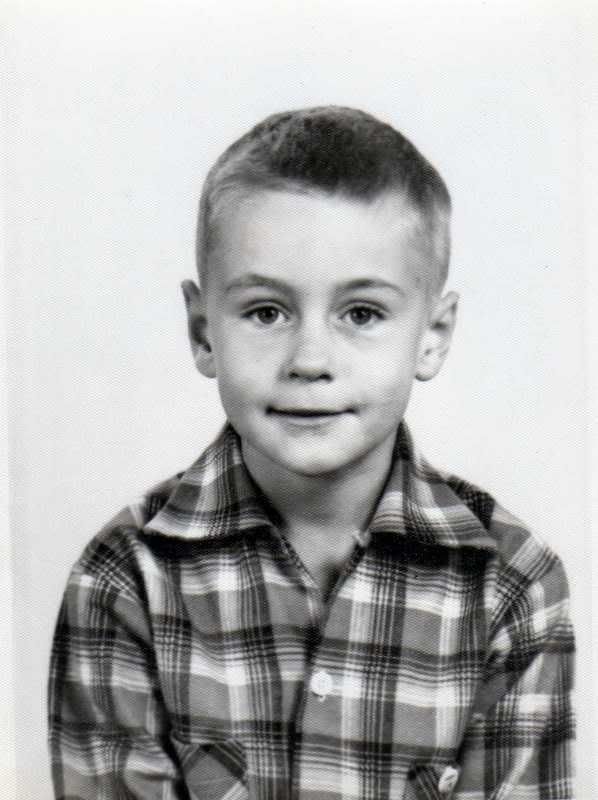The not-so-forbidden city
 Back in the 1980s, when the Mandarin was traveling regularly to China on business, one of his favorite pastimes when stuck in Beijing for days on end waiting for some meeting or another, was to wander the run-down glory of the Forbidden City. In those days, most of the compound, except the central tourist route through the main palaces, was off limits to tourists because many of the shabby, dilapidated Ming-era buildings (dating from between 1406 and 1420) were being used for warehouses, workshops and tenement dormitories, as they had been since Mao seized power in 1949.
Back in the 1980s, when the Mandarin was traveling regularly to China on business, one of his favorite pastimes when stuck in Beijing for days on end waiting for some meeting or another, was to wander the run-down glory of the Forbidden City. In those days, most of the compound, except the central tourist route through the main palaces, was off limits to tourists because many of the shabby, dilapidated Ming-era buildings (dating from between 1406 and 1420) were being used for warehouses, workshops and tenement dormitories, as they had been since Mao seized power in 1949.
Sometimes, using a hundred-year-old plan of the palaces, the Mandarin would wander blithely through unmarked side passages into the unrestored areas of the 180-acre Forbidden City, past signs in Chinese reading, "Stop! No entry to unauthorized personnel!" to see what he could find. What little he was able to see behind those walls was dishearteningly squalid, and sooner or later an angry policeman or guard or plainclothes thug of some kind would block the way, yelling at the Mandarin, in proper Beijing dialect, not the bland official putonghua (a/k/a Mandarin) that even though he was just an ignorant foreign devil, there was no excuse for snooping around in unauthorized areas where he didn't belong and causing trouble for everybody by straying from the approved tourist route. On these delightful occasions, by pretending he spoke no Chinese, the Mandarin was able to add a few new swear words to his vocabulary.... Anyway, all this nostalgia came flooding back when the Mandarin recently read an article in the Wall Street Journal about Starbucks having actually opened a store inside the Forbidden City itself. The faint humming the Mandarin heard in his ears at that moment was the waxed corpse of Chairman Mao, spinning in his glass display case a mile or so south of the new coffee shop, in his mausoleum in the middle of Tiananmen Square.
Anyway, all this nostalgia came flooding back when the Mandarin recently read an article in the Wall Street Journal about Starbucks having actually opened a store inside the Forbidden City itself. The faint humming the Mandarin heard in his ears at that moment was the waxed corpse of Chairman Mao, spinning in his glass display case a mile or so south of the new coffee shop, in his mausoleum in the middle of Tiananmen Square.
Yes, boys and girls, Starbucks Coffee is selling lattes in a side wing of one of the 600-year-old palaces of the Forbidden City. In Chinese, the sign says 星巴克咖啡 xing ba-ke ka-fei. Xing means "star," ba-ke (ke rhymes with "duh!") is a phonetic attempt at "buck," and by now everyone on the planet knows what ka fei is...
Of course, the article points out that most Chinese customers order tea and think coffee tastes nasty. But it is only a matter of time. Just look at McDonald's rapid success in China. In fact, if old Charmian Mao, under a thirty-year coat of Pledge, ever gets tired of spinning in his crystal coffin, he can bop over to the Micky D's that opened several years ago on the edge of Tiananmen square and recharge his batteries with a Quarter Pounder. Unless, as Vincent Vega would say, they use the metric system over there....
In fact, if old Charmian Mao, under a thirty-year coat of Pledge, ever gets tired of spinning in his crystal coffin, he can bop over to the Micky D's that opened several years ago on the edge of Tiananmen square and recharge his batteries with a Quarter Pounder. Unless, as Vincent Vega would say, they use the metric system over there....
Back in 1927, Mao wrote in one of the most pithy passages in his little red book:
革命不是請客吃飯,不是做文章,不是繪畫綉花,不能那樣雅緻,那樣從容不迫,文質彬彬,那樣溫良恭儉讓。革命是暴動,是一個階級推翻另一個階級的暴烈行動。
A revolution is not a dinner party, or writing an essay, or painting a picture, or doing embroidery; it cannot be so refined, so leisurely and gentle, so temperate, kind, courteous, restrained and magnanimous. A revolution is an insurrection, an act of violence by which one class overthrows another.
Well, maybe not a dinner party, but these days who can resist a Big Mac® and a Green Tea Frappuccino®?
Sorry, Chairman Mao, the revolution is over.

No comments:
Post a Comment